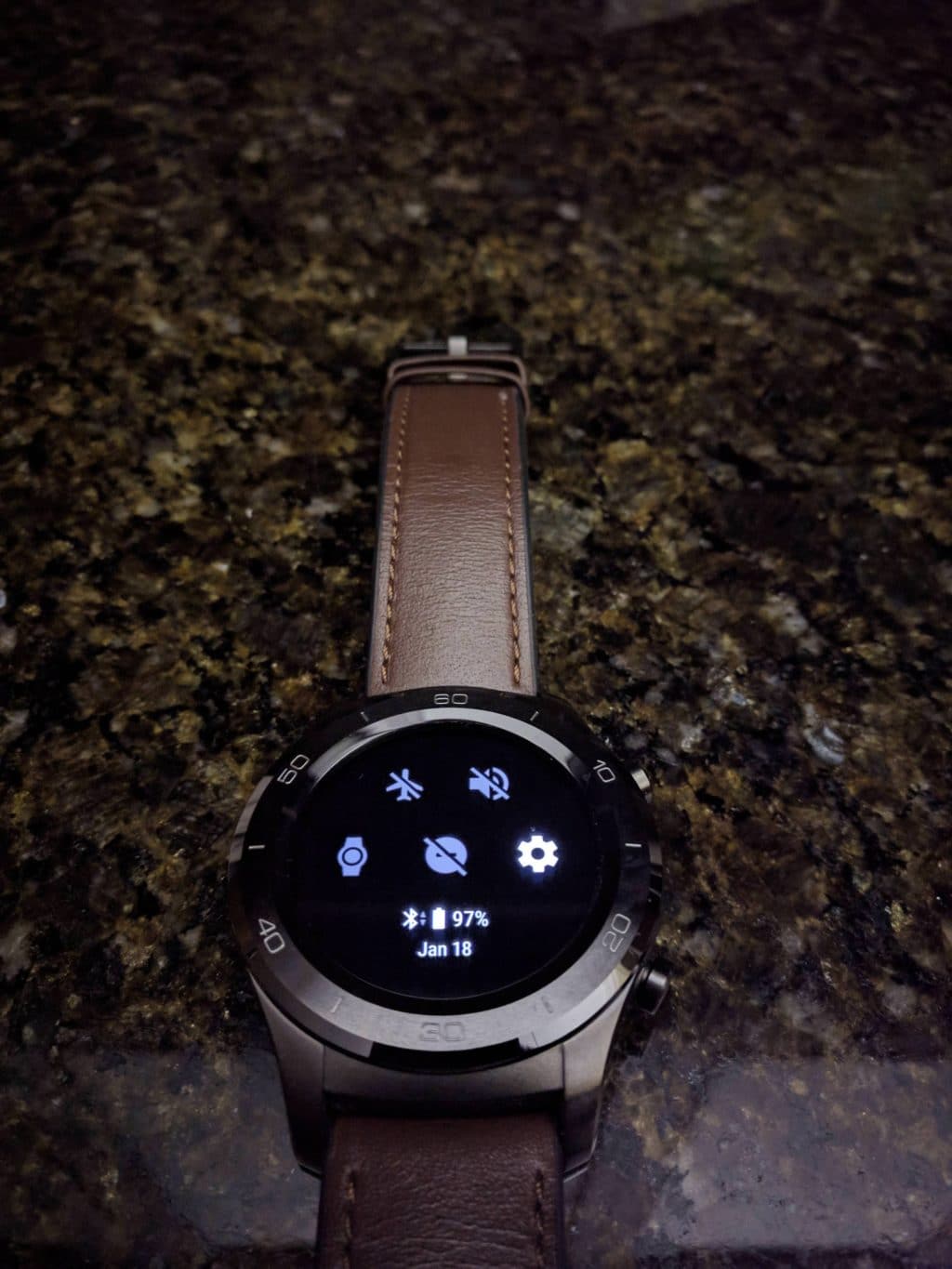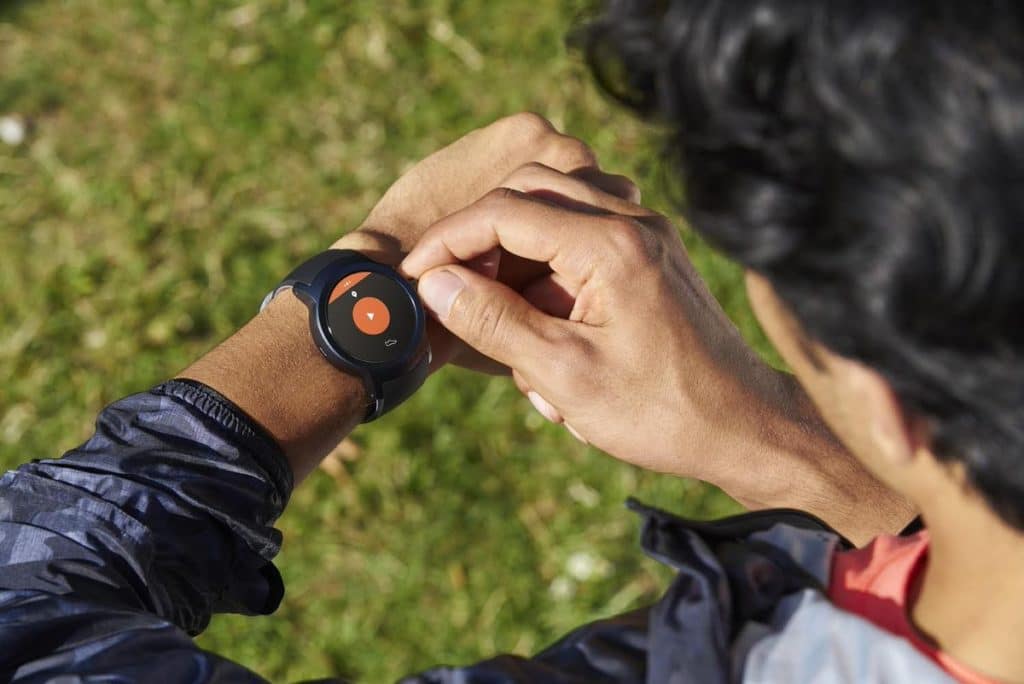Android Wear was announced just over three months ago, and since then we’ve seen plenty of little details find their way online, most of which focused on the software. In a new video released by the Google Developers YouTube channel, we get to see how notifications, including their specific parts, will work.
Timothy Jordan, a developer advocate at Google, took the reigns for the video that showcases plenty of new features within Android Wear, all of which should be important to any consumer that plans on picking up a wearable running the set of APIs that extend the Android platform. He outlines plenty of details regarding Android Wear’s use of notifications, and goes over some of the finer details when it comes to the general user interface. One of the takeaways here is that the Android Wear team is trying to keep your interaction with any wearable running Android Wear to a minimum. No grid of icons, keeping you searching. As we’ve seen, and as this latest video reinforces, Android Wear is clean and simple, and card-based.
The specific parts to notifications on Android Wear are interesting, too. Stacks does exactly what it might sound like it does: stacks your notifications, and essentially prevents you from hearing individual notifications for a flurry of incoming items you may get. For instance, if your email inbox is suddenly bludgeoned with six new emails, Stacks will clump them together for you, and show you on the wearable a grey “+5” under the top message. A nice, clean way of showing you that there are five new emails behind the one you’re looking at now.
Pages will basically give you more cards when you need them. It’s essentially the counter of Stacks, in that Pages are designed to work with one notification that may need more room to show you all the information you need to see. The card-based view makes this easy and readable, thankfully.
And if on-screen keyboards aren’t your thing, you’ll be able to Reply to those messages with your voice, thanks to voice-enabled commands and input.
Android Wear is certainly looking more exciting as we get closer to Google’s I/O conference. The software is only part of the full equation, though, so we’ll have to wait and see how LG’s G Watch and Motorola’s Moto 360 look in final designs, and what kind of price tag gets attached to them. Are you getting excited for Android Wear?


















